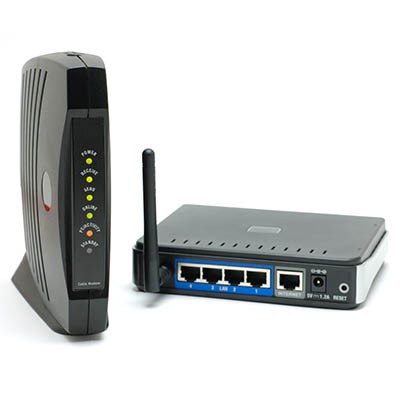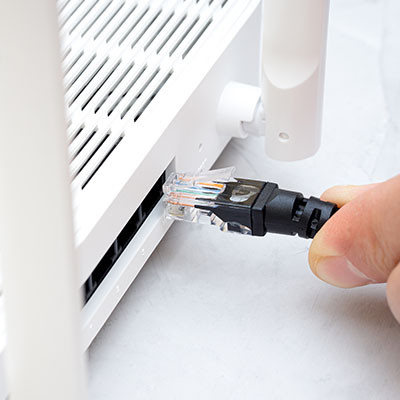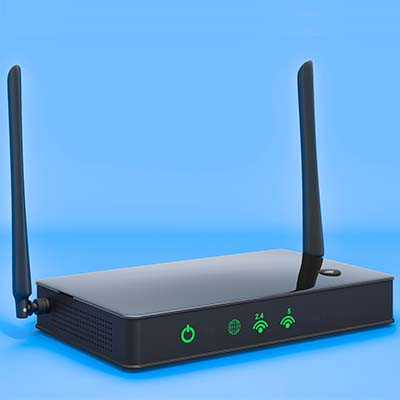
KB Technologies Blog
KB Technologies has been serving the Deerfield Beach area since 2002, providing IT Support such as technical helpdesk support, computer support, and consulting to small and medium-sized businesses.
0 Comments
These days, with bandwidth rising substantially, most businesses have to have a robust and secure wireless connection to support all the devices that are in need of connection. This opens up a lot of questions on how best to go about doing this. Today, we will discuss some of the very best practices you should consider when you are putting together your business’ Wi-Fi network.
Most modern businesses depend on wireless Internet connectivity (Wi-Fi) to a certain extent. Do you know what it means when we talk about the various speeds of routers, the data they can transfer, and so on? Today, we wanted to clear up some facts about dual-band routers that your business might find handy in the future.
Most of us all work on laptops or desktops everyday. It’s pretty easy to assume that cybersecurity generally stops there. You’ve got your secure passwords, your antivirus, and that little icon on the bottom right telling you that you are secure—you should be good to go then, right?
Unfortunately, it’s more complex than that.
Sometimes your network will get bogged down for apparently no reason. Well, we hate to break it to you, but there is almost sure to be a reason, one of which could be a network bottleneck. A network bottleneck could very well harm your network to the point where productivity and efficiency are impacted. How do you discover a bottleneck and resolve it?
Not long ago, connectivity required an actual, physical connection between two endpoints. As a result, a wired connection was the only option for businesses to access online materials and resources. Today, businesses have a choice to make: is a wired connection better for my operations, or should I implement wireless connectivity?
Many businesses rely on the concept of a shared network, where all computers have access to centralized folders and drives so documents can be accessed by everyone. While it is likely that your IT department has already taken care of the nitty-gritty details of this, we thought it might be helpful to put together a short guide on how you can map a network on your personal device on the off-chance you want to set up a shared network for your own personal reasons.
Nearly everyone uses Wi-Fi. Wireless gives people the increased flexibility to use their mobile devices in more places. If your business’ Wi-Fi isn’t set up properly, you’ll find that your coverage will be lacking. Today, we thought we’d give you a few tips on how to set up your Wi-Fi connection so that it works best for your business.
Regardless of how long they stay in a medical facility, patients and their visitors now expect that they will have access to wireless Internet during their time there. While it was once just a convenience, it is now an essential part of ensuring that they remain comfortable. As such, it is now the responsibility of the healthcare facility to ensure that their Wi-Fi is fast, reliable, and accessible.
As businesses have come to rely on increasing amounts of data, the importance of keeping this data organized and usable has also increased. Therefore, databases are a critical consideration for any business that wants to gain as much value as they can from their collected data. However, a database can only be useful if a database management system is involved. Let’s go into why this is.
Implementing technology solutions for your organization always comes with a risk, and if your business is blindsided by it, risk can derail productivity and get in the way of success. As a business owner, understanding this risk and planning for it is critical to your organization’s continued success. This week’s tip is dedicated to helping you identify risk and the role it should play in your decision making.
Reach Out Today!
Mobile? Grab this Article!
Tag Cloud
Network Security
Current Events
Business Computing
Workplace Tips
IT Support
Google
Ransomware
User Tips
Technology
Hackers
Backup
Hardware
Malware
Workplace Strategy
Saving Money
Cybersecurity
Internet
Mobile Device
Software
IT Services
Users
Collaboration
Best Practices
Tip of the Week
Security
Business
Quick Tips
Cloud
Innovation
Data Recovery
Phishing
Productivity
Hosted Solutions
Email
Managed IT Services
Data
Efficiency
Privacy
Disaster Recovery
Microsoft
Latest Blog
Small businesses need to do whatever they can to stay competitive and efficient. Today, we want to share some of the most transformative technologies that can help your organization keep up with the rapidly changing business landscape. These include artificial intelligence, ...
Latest News
KB Technologies is proud to announce the launch of our new website at http://www.kb-it.com. The goal of the new website is to make it easier for our existing clients to submit and manage support requests, and provide more information about our services for ...












